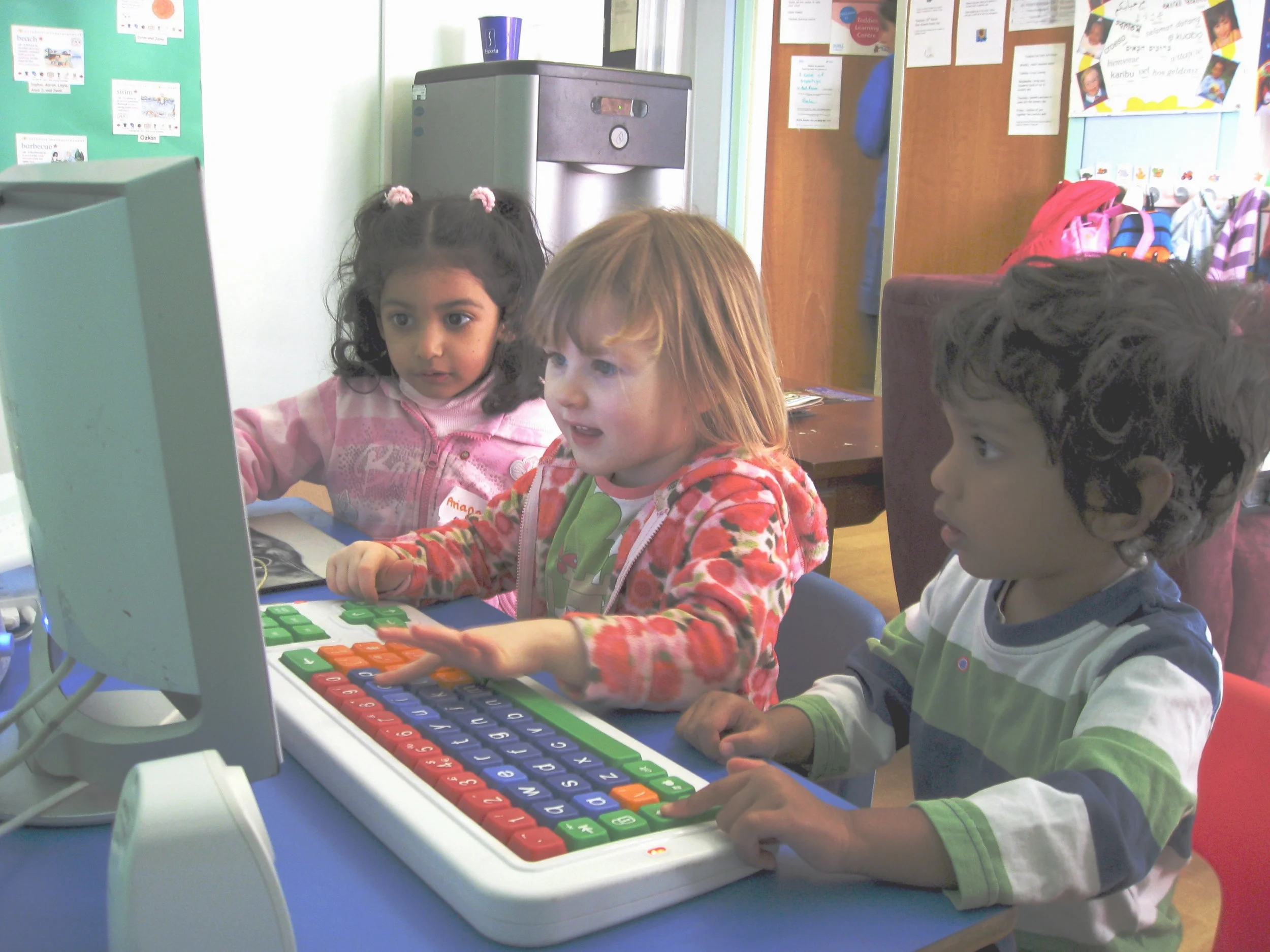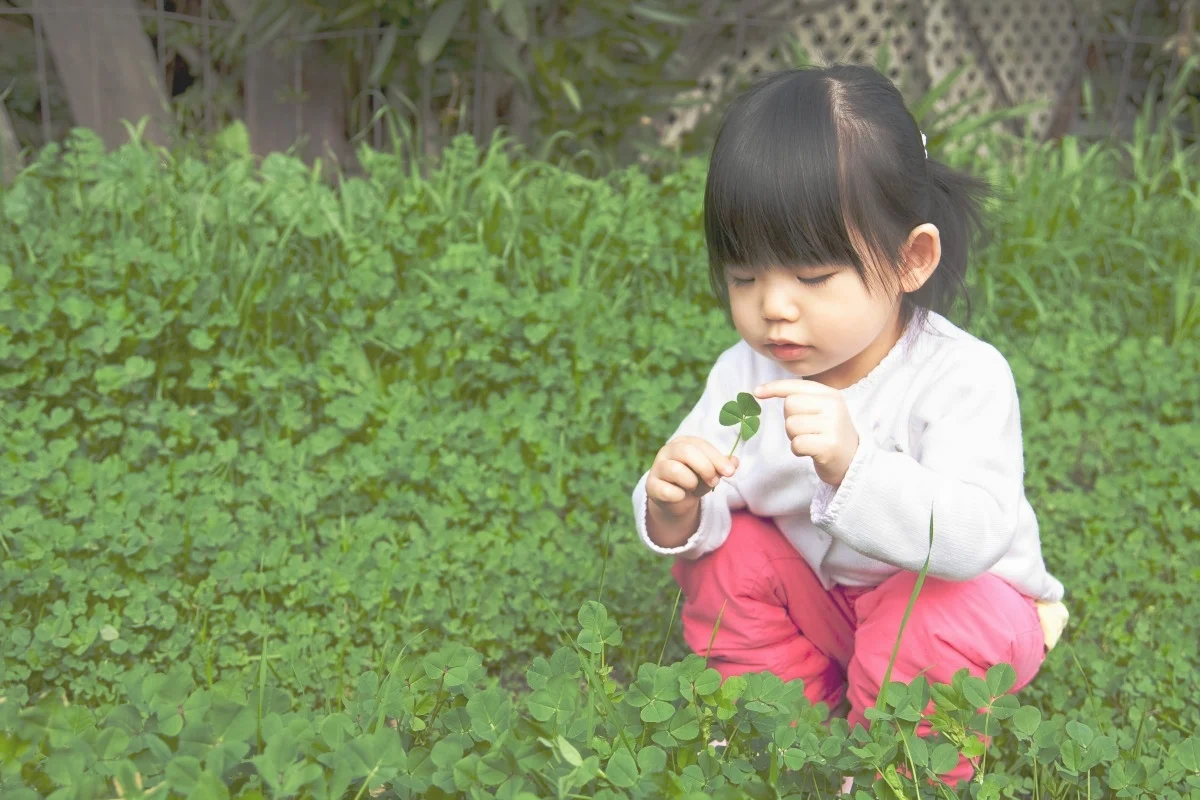By Angela R. Anderson
What Is a Personalized Learning Playlist?
With hopes to make the classroom experience more personalized for each student, many teachers have already began using this innovative and adaptable tool. First, think of the personalized learning playlist as a road-map for your students in their learning process, an outline for the lessons and assignments ahead. This road-map may allow 'different routes', chosen by the student, the teacher, or partially both. It should reflect the broader scheme of your project or subject matter; in whatever that may be; and offer individualized sub-schemes, the routes, that will differentiate between students. The more sub-schemes, the more personalized the playlist becomes. These sub-schemes can be assignments, lesson materials, or general topics.
Here is an example of a personalized learning playlist below, in which you can see the teacher has provided either/or choices for assignments and even allowed room for student feedback:
Photo credit The Learning Accelerator
The playlist can be as simple or intricate as you need. Each step in the playlist can be marked off by a due date or with points accrued. Teachers regularly check-in with each student to see how he or she is progressing, and can make changes to the playlist as needed. These check-ins also serve as great opportunities for teachers to gain a better understanding of each student, and for the students to feel more supported.
The personalized learning playlist can take many forms. You can provide it in old-school fashion, on printed paper. You can display it online, like on your blog or classroom homepage, or create a billboard in the physical classroom and have students show you the route they're on. You can use the same playlist for all students or each one can have different options, as long as the students can rightly identify where they are in the playlist. Points can be assessed differently, either by individual assignment or by grouped subjects. There can be periods in the playlist where the classroom as a whole conjoin once more under the same task; or a more Montessori education can be played out, in which all students are separately working in their own tasks.
It is also important to decide if student-choice is allowed or not. If the teacher is to differentiate the sub-schemes and routes for each student, then it should be planned in a way that is most beneficial to each student. You can change the difficulty of assignments or range of topics as needed, or hone in on the learning abilities of each student; i.e. more visual tasks for visual learners and hands-on tasks for kinesthetic learners. If the student is to choose, make sure there are clear guidelines so that all students still perform a fair amount of work and nobody is lost in the dark, so to speak.
Here are a few more personalized learning playlist examples linked below:
(1)https://photos.app.goo.gl/xv8SUDvzLnv6GJXm6
(4)https://photos.app.goo.gl/nuVYskemJxuY2QQB6
(5)https://photos.app.goo.gl/rWKM2tq799F6HijY6
Why The Personalized Learning Playlist Can Benefit Your Classroom
The personalized learning playlist, as stated before, serves as a road-map to your students' learning process. The student attains an education that is more personalized to him or her, and the teacher gains a better understanding of the student. If student-choice of routes and sub-schemes are allowed, the student gains practice in independent decision making and becomes empowered through gain of control. If choice is not allowed, but is still individualized, the student should still have a learning process that is specifically made for him or her, being more supportive of his or her unique talents, interests, and abilities.


















